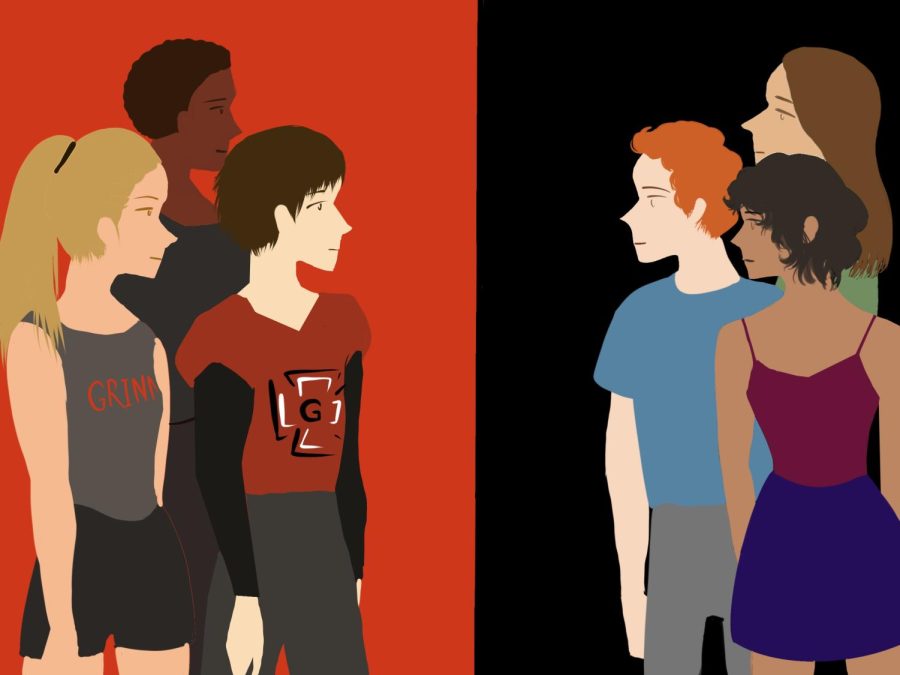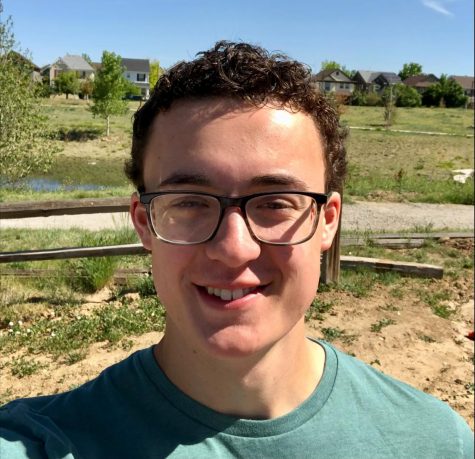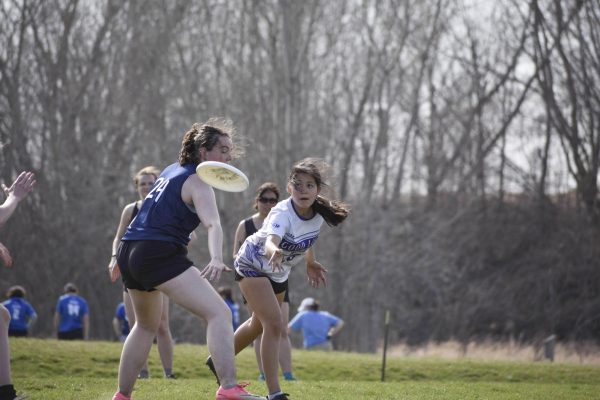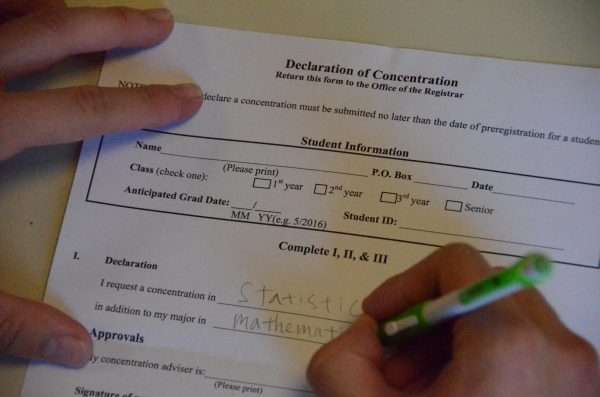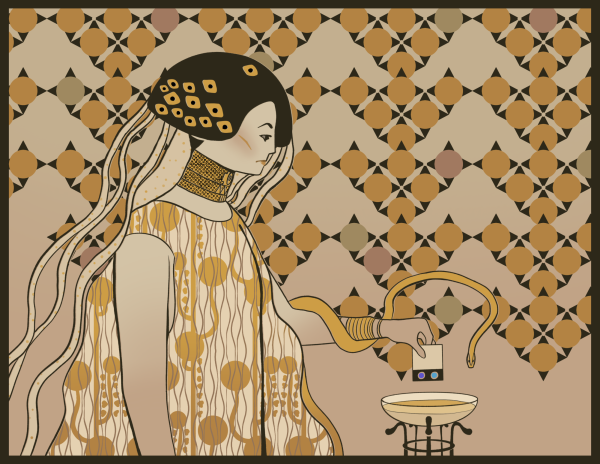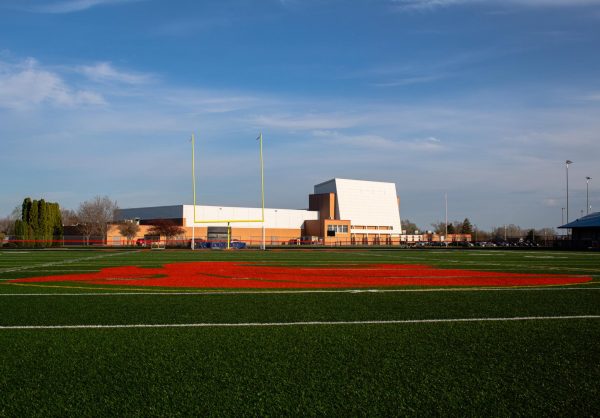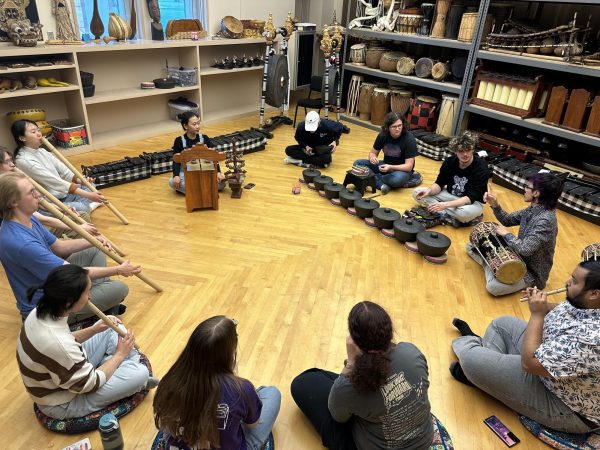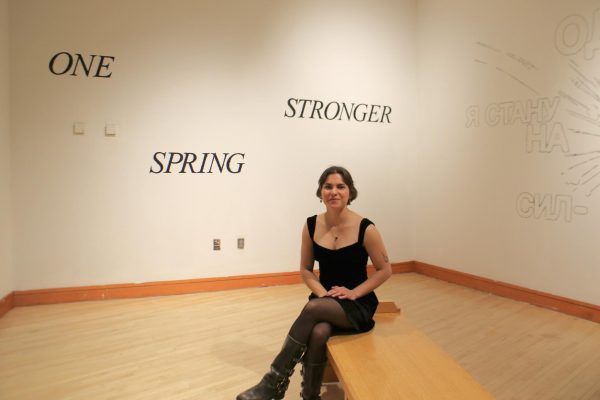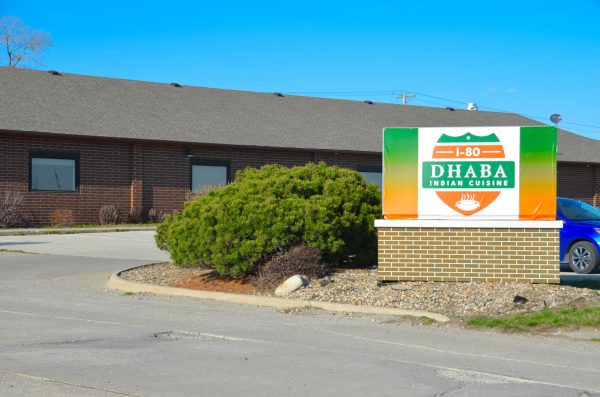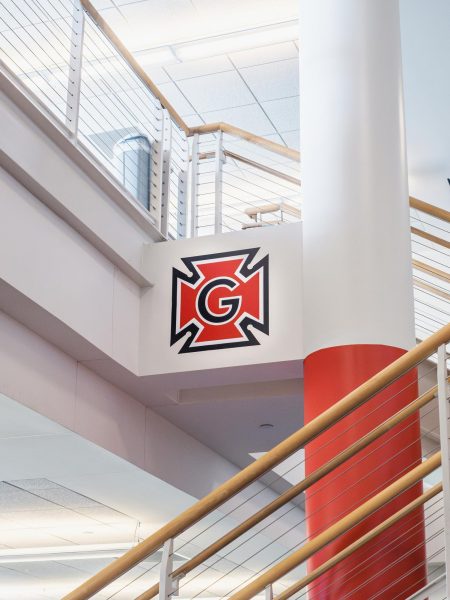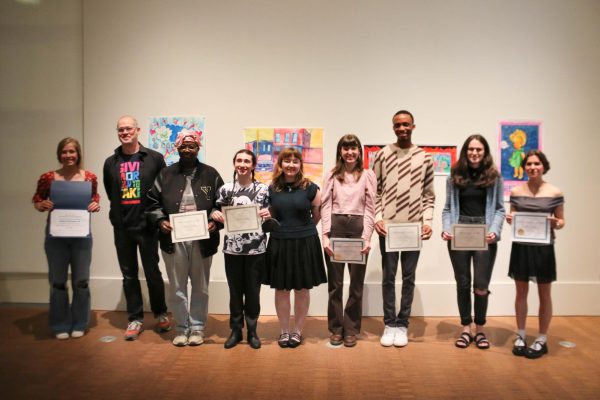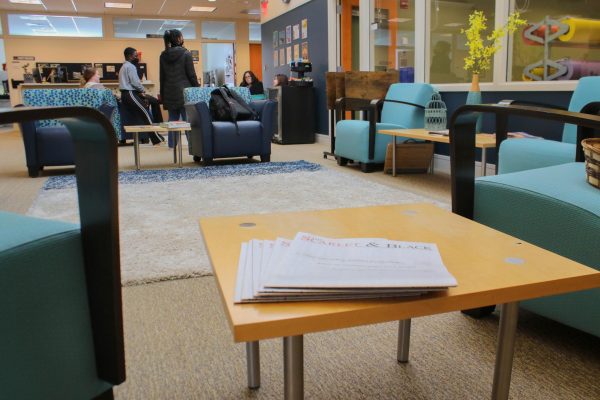An investigation into a social divide on campus: Talking with athletes
November 7, 2022
This week, as part of my ongoing project on Grinnell’s social divide between athletes and non-athletes, I shifted my focus toward student experiences. I spoke with four current student-athletes and asked for their thoughts on school culture, cliques, New Student Orientation (NSO), the term “sporto” and more.
In my conversations, no one disputed the existence of a social divide. Even though some viewed it more favorably than others, all people I interviewed agreed that athletes generally form friend groups with other athletes.
John Riley O’Toole `24, of the men’s soccer team, explained how this dynamic continually reinforces itself: from team practices to team dinners, team study sessions to team parties, student-athletes identify as part of a group. “Most of my friends are from soccer,” O’Toole said. At the same time, he warned me against absolutism. “I have lots of non-athlete friends,” he said.
In fact, each person I talked to gave a similar qualifier: even if their closest friends are athletes, they still counted non-athletes among their companions. As if on cue, when I was chatting with O’Toole in the Grill, a couple of his friends (all non-athletes) ambled over to say hello. He explained that he was participating in an interview about sports culture, and they turned to me.
“This man right here,” one of them joked, pointing to O’Toole, “is everything that’s wrong with sportos.”
As for the word “sporto,” nobody had strong feelings. “I’m not offended by it,” Sadie Staker `24, a member of the women’s track team, said with a shrug. “I think it’s funny.”
Similarly, Sara Meneses `26 focused on the social value of the women’s golf team. She framed it as a tool for bonding, especially with those whom she wouldn’t otherwise grow close to, rather than an impediment to meeting other people. “The golf team, we take pride in the fact that we have other friends,” she told me. She described her athletic friends as a “safety net,” rather than an exclusive clique.
Meneses, who hails from Colombia, discussed her status as an international student in the athletics department. Stereotypically, she said, “international students usually are friends with international students, and domestic students with domestic students. But my golf team has helped me get out of that.”
Interviewees offered two processes that may drive the disconnect between athletes and non-athletes: time commitment and the start of freshman year. “Sometimes I feel like people don’t understand the time commitment,” admitted Erin Jarvis `25, a member of the women’s tennis team. Varsity sports typically require two hours of practice every weekday, with weekends devoted to tournaments. That doesn’t include conditioning outside of practice, which teams encourage, or other related events.
Though my questions largely elicited positive responses, the topic of busy schedules evoked frustration. “I’m busy all the time,” Meneses said, echoing a common sentiment among those I interviewed. O’Toole ascribed his athlete-heavy circle of friends to the hours he spends on soccer. Jarvis regretted the difficulty of attending events such as mentor sessions, which often overlap with practices.
Alongside the time commitment, Staker depicted NSO as a key part of the divide between athletes and non-athletes. Most athletes arrive on campus early. Before most students have met anyone except their roommates, sports teams have coalesced into social units.
Staker, however, had an abnormal experience because of COVID-19. Instead of the traditional NSO, she first met people at Grinnell by living with housemates in the fall of 2020. “In some ways,” she said, these housemates are “some of the people that I’m closest to now,” regardless of athletic participation.
Staker’s experience suggests that sports aren’t inherently different from other activities. It’s really about who athletes first meet and spend time with, which usually correlates with sports. For example, basketball players gravitate toward some of the first people they met at Grinnell, to the people they’d established friendships with before starting their classes, and those people tend to be other basketball players.
As the semesters pass, these ties grow thicker and the divide grows sharper. Athletes study, party and eat meals on a shared schedule. When other students are interacting at afternoon clubs and Harrises, athletes are often running sprints in the fieldhouse or taking four-hour bus rides across the Midwest. Maintaining deep, meaningful friendships with non-athletes requires an active endeavor, a rejection of the path of least resistance.
That may sound ominous. But the students I talked with were less likely to express resentment or antipathy than acceptance or contentment. Jarvis said that even though most of her friends are athletes, the rest of the school is “pretty accepting.” Everyone seemed happy with their sport and the safety net it provided. This week, I couldn’t help but wonder if the concerns over tension and exclusion were overblown.




























































